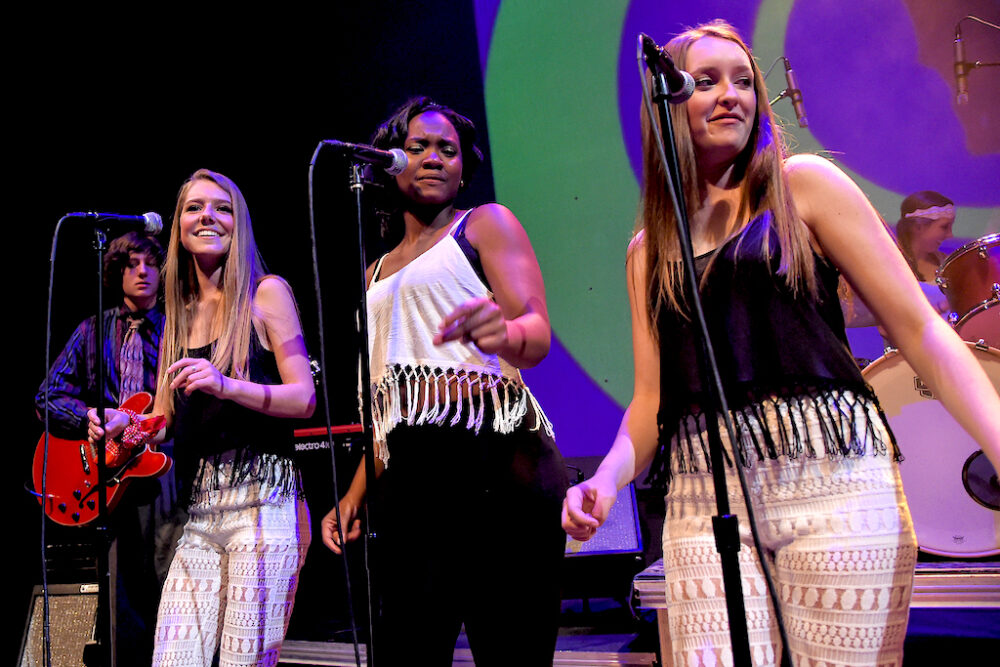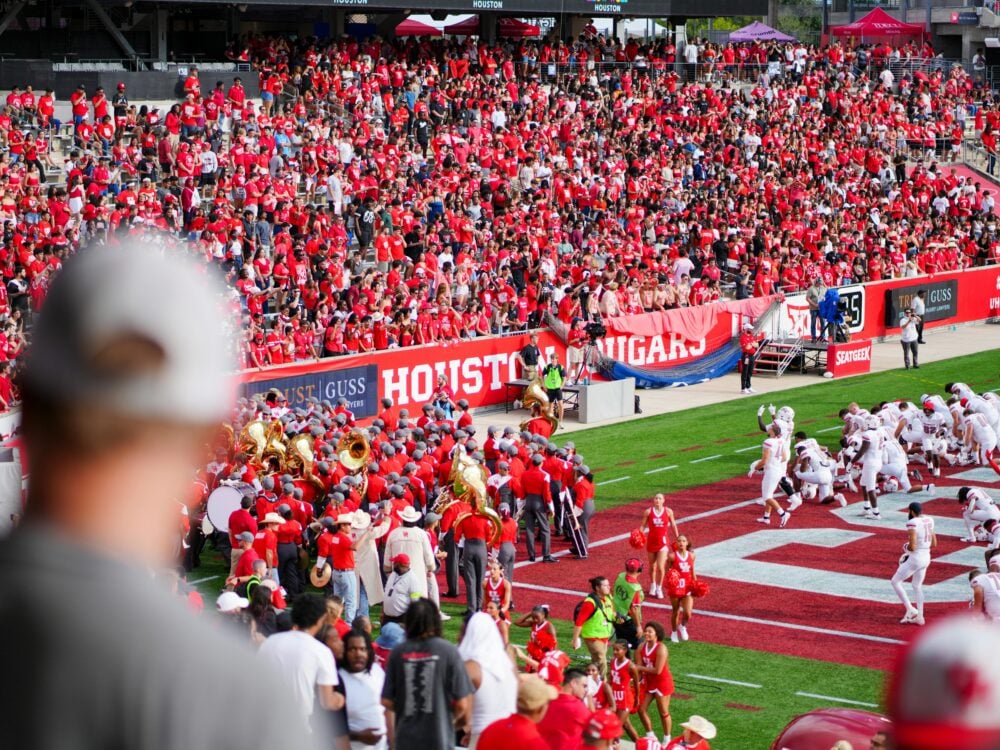In today’s digital-first world, the demand for high-quality video content has never been greater. From live-streamed sporting events to student-led news broadcasts and performing arts showcases, universities are increasingly turning to advanced broadcast tools to empower student media teams and enhance campus communication. But with limited budgets, tight schedules, and varying levels of technical experience among users, educational institutions need solutions that are flexible, intuitive, and future-ready.
The Rise of Student-Driven Broadcast Media
Across campuses worldwide, student-run media initiatives are evolving. What once required bulky equipment and complex workflows can now be achieved with portable, professional-grade tools that bring live broadcast capabilities within reach. The key? Harnessing the power of wireless 5G video transmission combined with smart content management platforms.

Modern 5G wireless transmitters – like Vislink’s LiveLink and Baselink bonded cellular transmitters – allow students to capture and stream events in real-time from virtually anywhere on campus. Whether it’s a high-energy basketball game, a live debate, a theatre production, a community fundraiser or interviews and content for online media, universities can deliver broadcast-quality content quickly and efficiently.

Broadcast live sport or other events to online media or large viewing screens
Key Advantages for University Environments
When it comes to deploying new technology in academic settings, simplicity and reliability matter just as much as performance. Here’s why the latest generation of wireless video solutions are an ideal fit for higher education:
- Tailored Data Usage for Academic Schedules: Universities often operate on a 9-month academic calendar, and smart data plans can be configured to match this term time. That means institutions only pay for what they need – without waste – ensuring cost-effective year-round coverage.
- Quick Setup with Minimal Training: Student operators need tools they can use with confidence. These systems are designed to be plug-and-play, with intuitive controls and interfaces that minimize training requirements. Even first-time users can be up and running in minutes.
- Mobility Meets Reliability: High-speed, ultra-low latency 5G connections ensure that content delivery is fast and uninterrupted. Whether inside a studio or out on the campus lawn, video feeds remain crisp, consistent, and professional.
- Scalable, Flexible Workflows: With hybrid content management options—combining cloud flexibility and on-premises storage – faculty and students can easily access, edit, and distribute footage. This supports everything from real-time broadcasting to collaborative post-production.
- Hands-On Experience with Industry Tools: Beyond the immediate production benefits, this technology gives students real-world experience with tools used by professional broadcasters, better preparing them for media careers after graduation.

Shaping the Future of Campus Media
Adopting wireless broadcast solutions isn’t just a technical upgrade – it’s a strategic investment in student engagement, institutional storytelling, and digital fluency. Universities that embrace this technology are equipping their students with the skills and platforms to share their voices on a larger stage.
Whether launching a new student media program or upgrading existing capabilities, the right broadcast system can transform how a university communicates and connects – with its community and beyond.